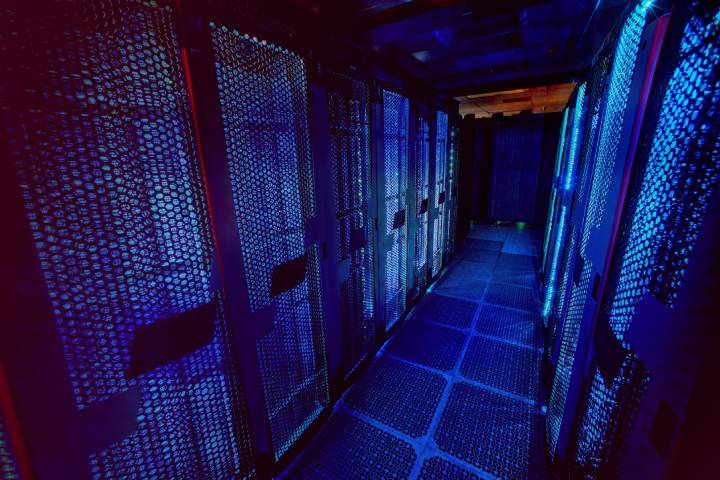Microsoft’s Supercomputer Is Called Voyager-EUS2 And Was The Only Novelty In The World’s Latest Ranking Of The Most Powerful Machines
Microsoft‘s new super-fast supercomputer is called Voyager-EUS2 and has just entered the ranking of the ten most powerful machines in the world. It is the only novelty of the most recent top ten, so it is a great satisfaction for Microsoft because it is the only “big” of cloud services to put a machine in the top 10.
The most powerful supercomputer in the world is once again the Fugaku, a “beast” with 7.63 million cores (today’s smartphones have eight …) which allow it to have a power of 442 petaflops per second (pflop / s). Microsoft’s Voyager-EUS2 supercomputer is quite distant from those values, but the two have different uses: the Fugaku is used for computational science at the Riken Center in Kobe, Japan. They run other “races” in short, and indeed the most curious aspect of Microsoft’s supercomputer is that it does not have Windows but Linux, an operating system that is less user-oriented and more for server use.
How Microsoft’s Supercomputer Is Made
The Voyager-EUS2 supercomputer Microsoft has achieved a speed of 30 petaflops per second thanks to more than 253,000 of Epyc core AMD CPU, while the GPU is an Nvidia A100 with 80 GB of memory. Numbers that a regular user cannot even imagine are even low if placed alongside those that characterize the machines that surpass Microsoft’s supercomputer in the top ten of the most powerful in the world.
The Voyager-EUS2 is based in the United States and is governed, as anticipated, by Linux, specifically the Ubuntu 18.04 LTS distro. This is not surprising because the open-source operating system already reigns within most machines that run Microsoft’s cloud infrastructure. More generally, almost all supercomputers in the world are run by Linux.
Although Microsoft’s supercomputer is very fast and even more recent than others that populate the top 10 of the most performing globally, it is less powerful than other solutions. For example, the Summit supercomputer supplied by the US Department of Energy is the most powerful computer installed today in the United States, based on an IBM Power9 CPU and a Tesla V100 GPU from Nvidia, the same equipment as the fourth supercomputer in the world of which 94.6 pflop / s benefits from the Lawrence Livermore National Laboratory of the University of California.
What Is a Supercomputer?
Supercomputers are computers designed to produce very high computing capabilities to perform long and complex mathematical and scientific operations. They are also called High-Performance Computers or HPCs; they cost – of course – “crazy” figures and consume considerable amounts of energy in an equally obvious way.
Traditional machines for consumer use are designed to perform many different types of operations, from work to leisure through gaming or video editing, having to obtain the best compromise between performance, costs, and consumption. On the other hand, supercomputers are typically intended for data centers, so the design is carried out according to the – specific – tasks that will be assigned to the machine.
Also Read: The New 2021 DevOps Maturity Model








